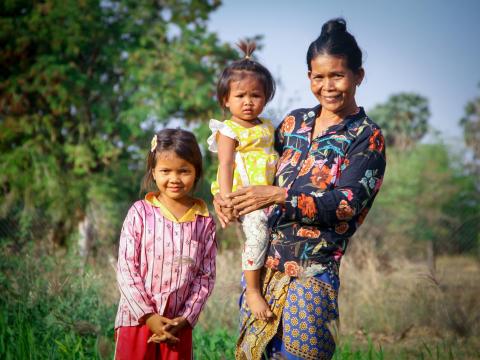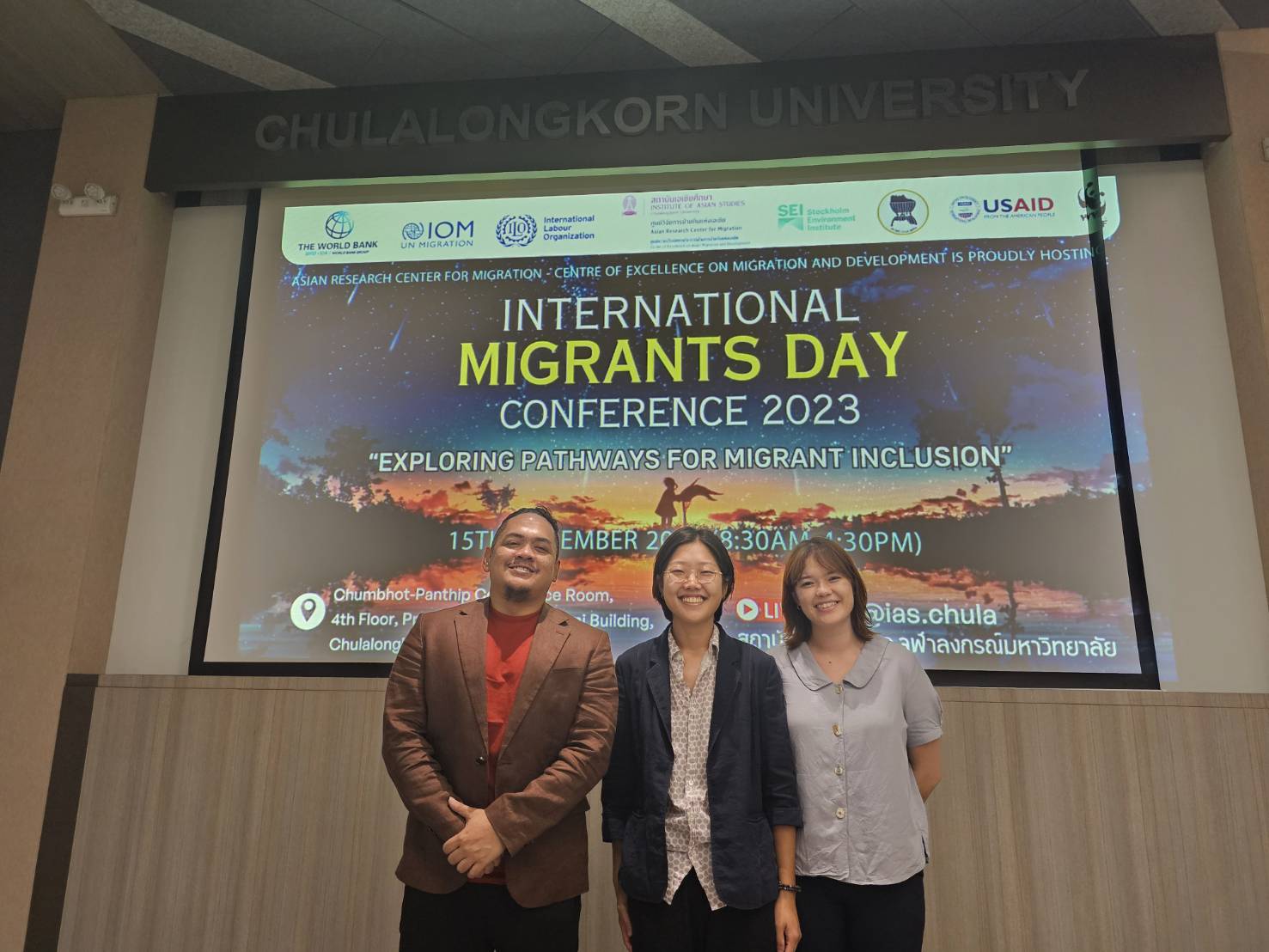Immediate collective action is necessary to ensure that children affected by migration are recognised and prioritised

Migration is not a new issue, but the devastating consequences on children are becoming more evident and can no longer be ignored. They face multiple heightened risks, including family separation, exposure to exploitation, violence, abuse, loss of education, increased vulnerability to psychological trauma and physical harm, forced labour and their right to identity[1]. Over three percent of the global population are migrants[2]. More than any other region in the world, two out of five international child migrants were born in Asia[3]. Approximately, one out of five international child migrants were born in East Asia. Migration, if not done through safe and legal processes, puts children at serious risks including the denial of their rights and exposure to exploitation.
Migration, if not done through safe and legal processes, puts children at serious risks including the denial of their rights and exposure to exploitation.
Working as World Vision’s Evidence, Impact and Research manager in East Asia, I have seen firsthand how children can suffer from displacement and migration. Displacement and migration in the context of climate change, both internal and international, can have adverse impacts on the physical and mental health of children[4]. Environmental and climate change impacts working in combination with other intersecting social factors shape the migration and mobility of one or both parents and impacts. the development, health, education, and wellbeing of children who join their parent/s, who migrate alone, or are left behind.
As adults look to diversify livelihood options and migrate in search of employment, an increasing number of children are left behind and/or remain immobile. These children can also suffer consequences to their education[5], their well-being and mental health[6]. While research on left-behind children focuses largely on the negative impacts to education, health and employment outcomes, parental migration can also have a positive impact on children as the financial outcomes of their labour can provide educational investment[7], and arguably more resilience to climate shocks. Although parental migration creates emotional displacement for children and their parents or that either children or parents or both experience being emotionally distant or detached from each other, it also creates opportunities for economic independence for the children[8].
The focus on migrants has also led to a “mobility bias”[9] in migration studies, neglecting the impacts of migration for those who stay or are left behind, particularly children. There is a need to shift attention towards understanding the needs and aspirations of the millions of children who remain in their home communities and examine the effects of migration on their well-being. Traditional migration research has primarily focused on adult migrants, overshadowing the experiences and agency of children. In this ‘adult-centric’ perspective, children's experiences are often viewed as exceptional cases or reduced to victimhood and dependency. There is also a need to shift towards a more inclusive approach that acknowledges the unique experiences and perspectives of children in migration.
There is a need to shift attention towards understanding the needs and aspirations of the millions of children who remain in their home communities
 As the drivers of migration and mobility become increasingly complicated, collective initiatives like the International Migrants Day Conference 2023 are essential, not only to raise awareness and promote the protection of migrants, but also to celebrate their contributions.
As the drivers of migration and mobility become increasingly complicated, collective initiatives like the International Migrants Day Conference 2023 are essential, not only to raise awareness and promote the protection of migrants, but also to celebrate their contributions.
The conference highlighted new and innovative research, programmes and policies in Thailand, ASEAN and beyond that sought to improve the inclusion of migrant populations in societies. More than 20 researchers and experts around the world presented their findings from studies related to ‘Climate Related Migration’, ‘Labour, Legal Pathways and Social Protection’, ‘Education, Skills and Employability’, and ‘Neglected Conflicts and Displacement’. International Organizations such as The World Bank, ILO, and WWF also presented their latest reports and studies on migration in the Asia Pacific Region.
In partnership with Stockholm Environment Institute, World Vision presented its ongoing regional research focused on climate-related migration. The relationship between climate-related mobilities with a specific focus on its impact on children and youth in East Asia was critical to highlight. The preliminary findings from fieldwork in Cambodia, Viet Nam, and Lao PDR included:
- Household debt and resource exclusions are significant for shaping household mobility, including child migration. Sale or transfer of land use rights to banks or other households is a common strategy to repay debts microfinance influences irregular migration or work under exploitative conditions
- Recurrent school disruptions from flooding contributes to lower academic performance and school dropout, especially among lower income households living far from schools. When floods and other environmental hazards contribute to crop loss or school disruption, some children feel a responsibility to support their household through daily wage labour. This is connected in-part to limited institutional investment and support.
- Family separation affects the well-being of children while shifting household responsibilities in the absence of parents.
- Food insecurity, poor nutrition, and health risks related to climate impacts compound challenges.
It is also time to recognise that children, youth and vulnerable populations who are immobile and/or left behind need to be supported as well.
We owe it to the migrants to keep countries, both origin and destination, accountable to ensure that policies are made to promote and manage safe and fair migration at every stage of a migrant’s journey. We need to explore better ways to coordinate between international organizations, civil society, academics, policymakers, and the private sector and enhance protection and services to assist migrants in vulnerable situations. It is also time to recognise that it’s not only migrants on the move who need support, but also children, youth and vulnerable populations who are immobile and/or left behind, who need to be supported as well.
[1] (UNICEF UK 2017)
[2] https://www.imf.org/en/Blogs/Articles/2015/11/11/migration-a-global-issue-in-need-of-a-global-solution
[3] https://www.unicef.org/eap/what-we-do/migration
[4] (Uddin et al. 2021)
[5] (Battistella and Conaco 1998)
[6] (Fellmeth et al. 2018)
[7] (Chow et al. 2023)
[8] (Asis 2006)
[9] (Schewel 2020)